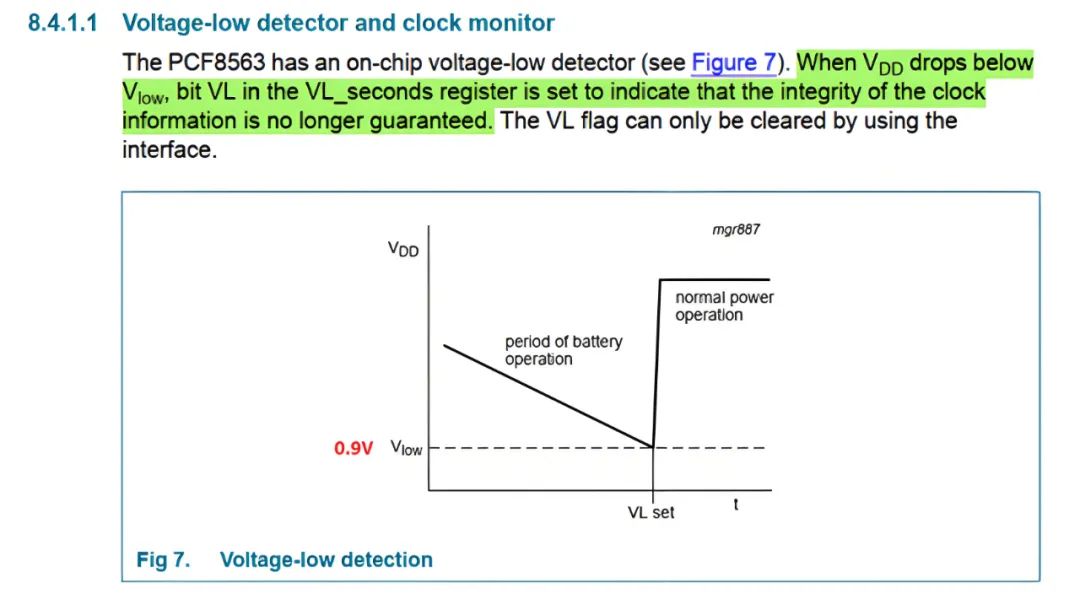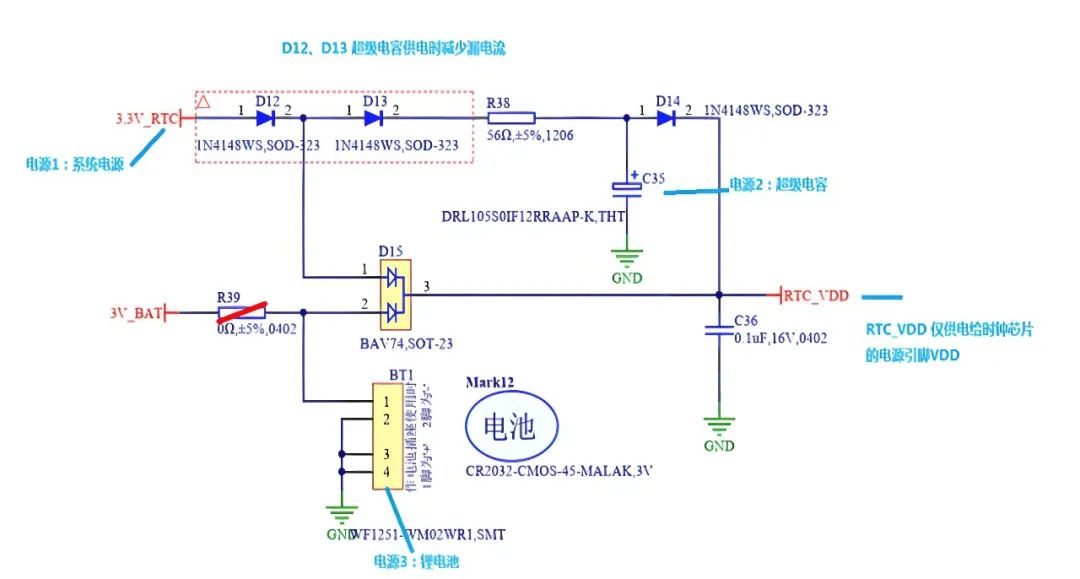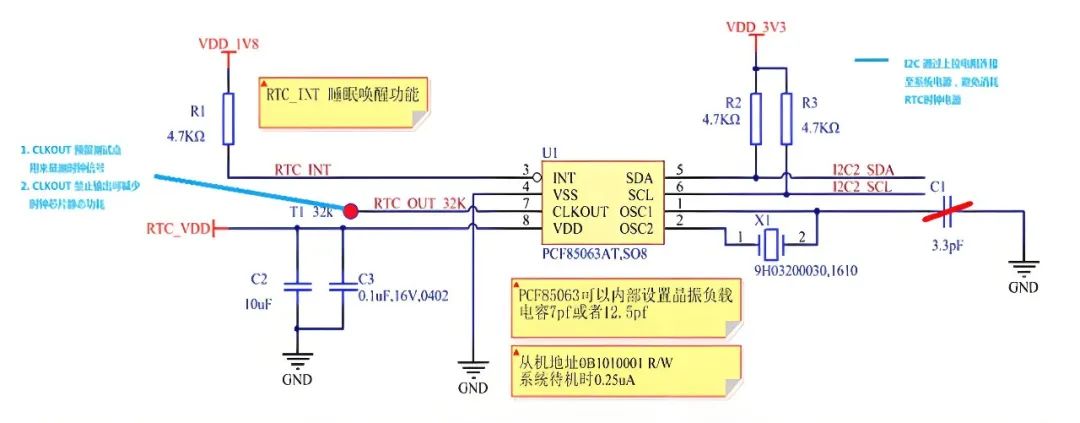Introduction
The RTC (Real Time Clock) is an electronic device used to keep track of time, widely applied in various embedded systems. This article analyzes issues encountered with RTC in practical applications through real case studies and provides practical suggestions, such as time “resetting” and excessive RTC time errors.
Additionally, on 32-bit Linux systems, one inevitably encounters the Year 2038 problem, which will also be addressed here.
 Why is the RTC time 1970 for a brand new product shipped from the warehouse?
Why is the RTC time 1970 for a brand new product shipped from the warehouse?
-
The RTC battery is not installed correctly, or the isolation plastic spacer between the lithium battery and the battery compartment has not been removed, causing the RTC to not function due to lack of power.
-
The RTC battery is installed but has already been depleted, which generally occurs in products that have been stored for a long time.
Note: For products powered independently by RTC, the RTC battery must be installed correctly before use, and the RTC time must be set correctly during the first boot. For stored products, do not install the RTC battery or ensure power isolation during battery installation.
 RTC turns to 1970 after running for a while, causing abnormal program operation
RTC turns to 1970 after running for a while, causing abnormal program operationIn a normally running system, after some time, the kernel displays the following message:
rtc-pcf8563 0-0051: low voltage detected, date/time is not reliable.This indicates that the RTC battery voltage has dropped too low. This can lead to unreliable RTC time, thereby affecting the accuracy of the Linux system time.

-
Consider using rechargeable RTC batteries and designing a charging circuit; -
Disable the CLKOUT function of the RTC chip to reduce RTC power consumption and extend RTC battery life; -
Add a supercapacitor, powered by the system power during normal operation, and by the supercapacitor after the system is powered off, with the lithium battery as backup when the supercapacitor is depleted.


During design, pay attention to the following points:
-
RTC_VDD only powers the VDD pin of the clock chip;
-
Use low forward voltage drop and low leakage current diodes on the RTC_VDD power supply line;
-
Use system power for I2C pull-up resistors;
 The Troublesome “Year 2038” Problem
The Troublesome “Year 2038” Problem<uapi/linux/rtc.h>
struct rtc_time { int tm_sec; int tm_min; int tm_hour; int tm_mday; int tm_mon; int tm_year; int tm_wday; int tm_yday; int tm_isdst;};The maximum count for a 32-bit timer as a signed integer is 0x7FFFFFF, which converts to 2147483647 in decimal.
2147483647 seconds, when converted to years, is approximately 68.09625973490614 years, or about 68 years and 18 days. Therefore, UNIX time will overflow after 68 years and 18 days (specifically at 11:14:07 on January 19, 2038), causing the RTC to malfunction. To solve this problem on 32-bit systems, it is necessary to upgrade the Linux kernel to a higher version and also upgrade glibc, which is a significant workload. For some older processors, the original manufacturer may not provide a new version of the kernel, which can be quite troublesome. However, if a 64-bit processor is used with a 64-bit Linux system, this issue does not occur.

ZLG Innovative CPM Core Board
-
RZ/G2UL, RZ/G2L processors
-
1.0/1.2GHz main frequency
-
Cortex®-A55 + Cortex®-M33
Reference price: starting from 99 yuan
Click to purchase








